Dorothy Eady: 5 Fascinating Facts about the Irish Woman, the Reincarnation of an Ancient Egyptian Priestess
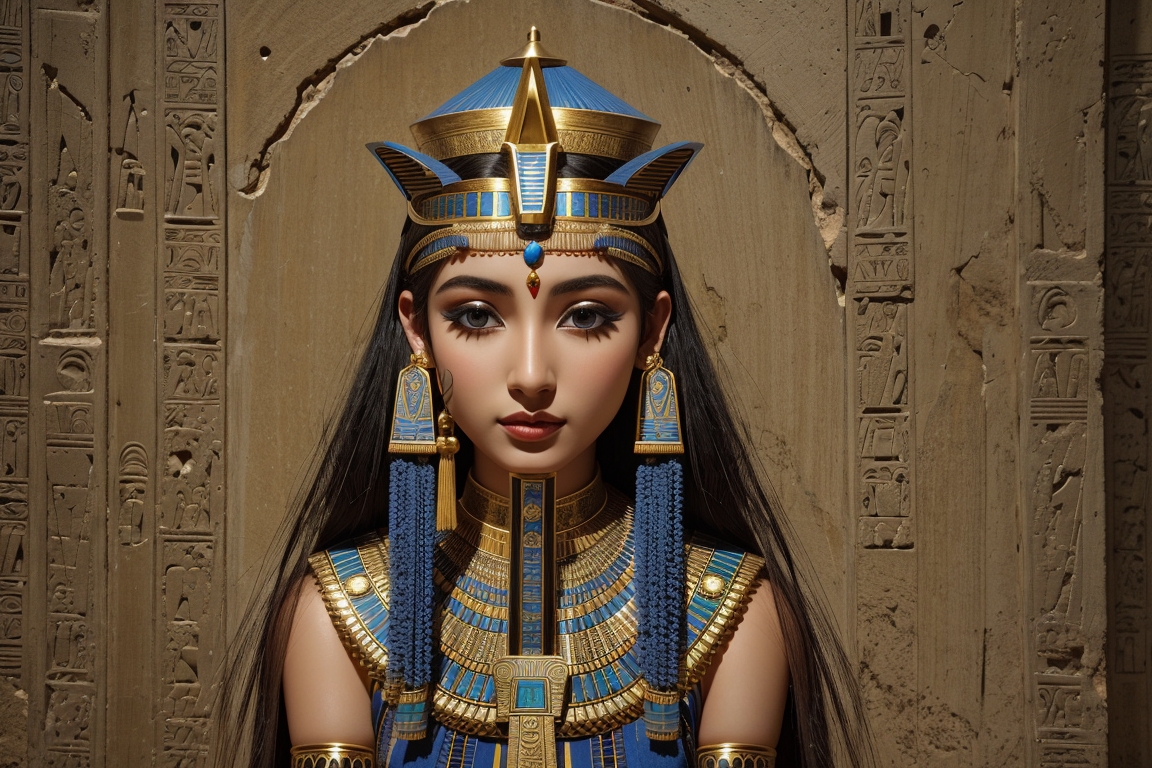
Updated On: April 09, 2024 by Dina Essawy
Reincarnation is a concept adopted by many cultures and religions around the world by which they believe that a person’s soul can be reborn into a different body after the first body’s death. Over the course of human history, many mysterious cases concerning reincarnation have been reported, each with its own unique background story.
One of these stories is that of Dorothy Eady, who, throughout her life, believed that she was an ancient Egyptian priestess in a past life.
Dorothy Louise Eady was born on 16 January 1904. She was the keeper of the Abydos Temple of Sety I and draughtswoman for the Department of Egyptian Antiquities. Her life and work have been the subject of many articles, television documentaries, and biographies. A New York Times article published in 1979 described her life story as “one of the Western World’s most intriguing and convincing modern case histories of reincarnation”.
The Beginning of the Mystery
Dorothy Louise Eady was born in London as the only child to an Irish family. At the age of three, she fell down a flight of stairs; afterwards, she began acting strangely, like asking to be “brought home”. She also developed foreign accent syndrome.
All of this caused issues for Dorothy as a child. Her Sunday school teacher even unfairly requested that her parents keep her away from class, because of her strange ideas and how she compared Christianity with the “heathen” ancient Egyptian religion.
Moreover, she was expelled from a Dulwich girl’s school when she refused to sing a hymn that called on God to “curse the swart Egyptians”. Her regular visits to Catholic mass, which she seemed to identify with because it reminded her of the “Old Religion”, came to an end after an interrogation and visit with her parents by a priest.
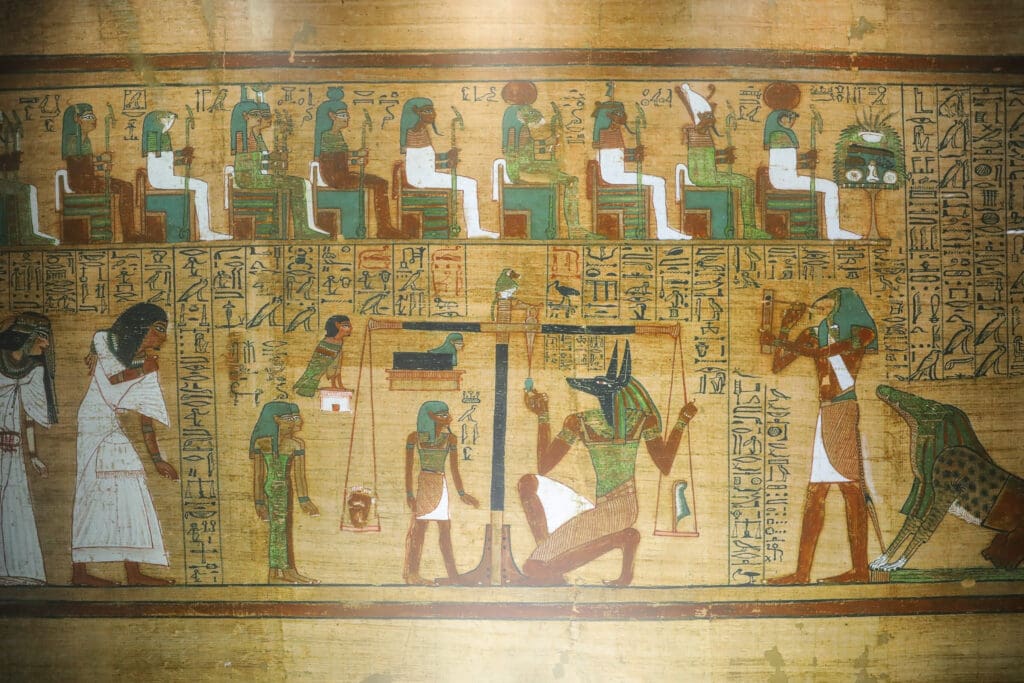
At one point, she was on a visit to the British Museum, where she saw a photograph in the New Kingdom temple exhibits room, after which she cried, “There is my home!” but “Where are the trees? Where are the gardens?” The photograph was of a temple of Sety I, the father of Rameses the Great.
She finally felt like she was where she belonged as she ran around the halls “amongst her people” and kissed the statues’ feet. After this trip, she took every opportunity to visit the British Museum rooms until she eventually met E. A. Wallis Budge, who encouraged her to pursue the study of hieroglyphs.
At fifteen, she said that she was visited by the mummy of Pharaoh Seti I. At the time, she was also suffering from sleepwalking and nightmares, which led her to be locked up in sanatoriums several times, but she continued to visit museums and archaeological sites around Britain.
Afterwards, she became a part-time student at Plymouth Art School, where she became part of a theatre group that, on occasion, performed a play based on the story of Isis and Osiris. She played the role of Isis and sang the lamentation for Osiris’s death, based on Andrew Lang’s translation:
Sing we Osiris dead, lament the fallen head;
The light has left the world, the world is grey.
Athwart the starry skies the web of darkness lies;
Sing we Osiris, passed away.
Ye tears, ye stars, ye fires, ye rivers shed;
Weep, children of the Nile, weep – for your Lord is dead.
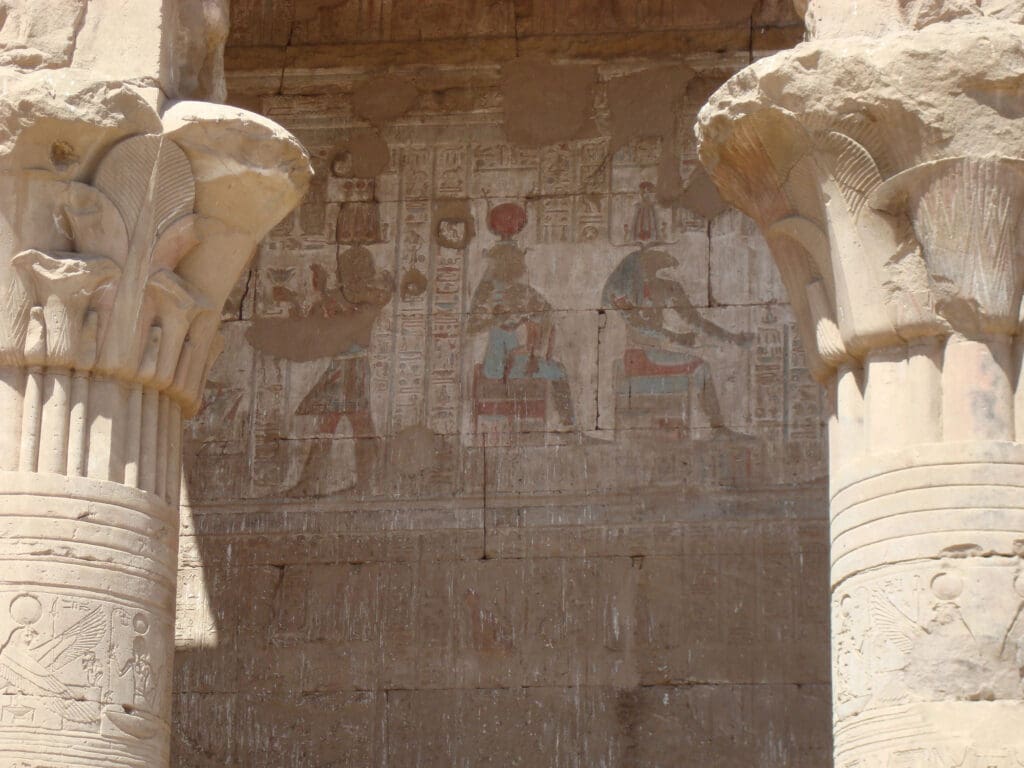
Dorothy and Egypt
At the age of 27, she began writing articles and drawing cartoons in Egyptian public relations magazines that reflected her political support for an independent Egypt. Then, she met her future husband, Eman Abdel Meguid, who was an Egyptian student at the time, and she continued to send him letters even after he returned home to Egypt.
Finally, Moving to Egypt
In 1931, she finally decided to move to Egypt when Emam Abdel Meguid, who had become an English teacher, asked her to marry him. As soon as she arrived in the country, she kissed the ground and announced she had come home to stay.
Now residing in Cairo with her husband’s family, Dorothy was given the nickname “Bulbul” (Nightingale). The couple named their Sety, which is why she was given her popular name ‘Omm Sety’ (translates to Mother of Sety).
In the early 1950s, people who were in attendance when she visited the 5th Dynasty pyramid of Unas reported that she brought an offering and took off her shoes before entering. She continued to report apparitions and out-of-body experiences during this time as well.
Her Past Life as an Ancient Egyptian Priestess
Dorothy continued to report night-time visits from an apparition of Hor-Ra who told her, over a twelve-month period, the story of her previous life, which she wrote down on seventy pages in hieroglyphics.
According to her, she was a young woman called Bentreshyt (Harp of Joy) in ancient Egypt. She is described as being of humble origin, whose mother was a vegetable seller, and her father was a soldier during the reign of Sety I (who ruled between 1290 BC and 1279 BC).
When she was three (the same age she began acting strangely in her modern-day life after her unfortunate fall), her mother died, and she was placed in the temple of Kom el-Sultan because her father couldn’t afford to continue raising her on his own.
At the temple, she was brought up to be a priestess. At the age of twelve, she was given a choice by the old High Priest of whether to go out into the world or stay at the temple and become a consecrated virgin. She chose to stay.
One day Sety I visited and spoke to her, and they became lovers. When Bentreshyt became pregnant, she informed the High Priest of the father’s identity, so told her that she had committed a grave offence against Isis and that death would be the most likely penalty for her crime. Unwilling to face the public scandal for Sety, Bentreshyt committed suicide rather than face trial.
Dorothy also spoke of Rameses II, the son of Sety I, whom she always saw as a teenager, as when Bentreshyt first knew him. She described him as “the most slandered of all the pharaohs” because of how the bible describes him as an oppressive Pharaoh who slaughtered young boys.
Her Personal and Professional Life
In 1935, Dorothy Eady separated from her husband when he decided to move to Iraq to take another job. Their son Sety stayed with her. Two years later, she moved to a house in Nazlat al-Samman near the Giza pyramids, where she met Egyptian archaeologist Selim Hassan who worked for the Department of Antiquities. He employed her as his secretary and draughtswoman, becoming the department’s first-ever female employee.
American Egyptologist Barbara S. Lesko spoke of Dorothy, describing her as a “great help to Egyptian scholars, especially Hassan and Fakhry, correcting their English and writing English-language articles for others. So this poorly educated Englishwoman developed in Egypt into a first-rate draughtswoman and prolific and talented writer who, even under her own name, produced articles, essays, monographs and books of great range, wit and substance.”
Dorothy became well-known among many of the famous Egyptologists of the time. Her contributions to Hassan’s work made her so famous that after his death, she was employed by Ahmed Fakhry and assisted him in his excavations at Dashur.
She wrote many books in her own right, including: “A Dream of the Past”, “A Question of Names”, “Some Miraculous Wells and Springs of Egypt”, “Warding off an Eclipse”, “Omm Sety’s Abydos”, “Abydos: Holy City of Ancient Egypt”, “Survivals from Ancient Egypt”, “Pharaoh: Democrat or Despot.
Her Faith Never Wavered
Dorothy continued to make frequent offerings to ancient Egyptian gods, and she would even spend the night in the Great Pyramid quite often. The local villagers gossiped about her frequently because she would make night prayers and offerings to Horus at the Great Sphinx. Yet she was also respected by the villagers for her honesty and for not hiding her true faith in the Egyptian gods.
Move to Abydos
When Ahmed Fakhry’s Research Project in Dashur ended in 1956, Dorothy was left without employment. Knowing her love of the ancients, Fakhry suggested that, to figure out what to do next, she should “climb the Great Pyramid; and when you reach the top, just turn west, address yourself to your Lord Osiris and ask him “Quo Vadis?”, which is a Latin phrase that means “Where are you going?”
He also offered her a job in the Cairo Records Office, or she could take on a poorly paid position as a draughtswoman in Abydos. Of course, she chose the latter because, according to her, Seti I approved of the move. Apparently, this would be a test that she had to go through, and if she was chaste, she would undo Bentryshyt’s ancient sin.
Now a fifty-two-year-old, Omm Sety left for Abydos, where she stayed at Arabet Abydos at the mountain Pega-the-Gap. This mountain was sacred for the ancient Egyptian people, who believed that it led to the afterlife.
It was here that she actually gained her name of ‘Omm Sety’, mainly because it is a custom among Egyptians in the villages that a woman should be called by the name of her firstborn.
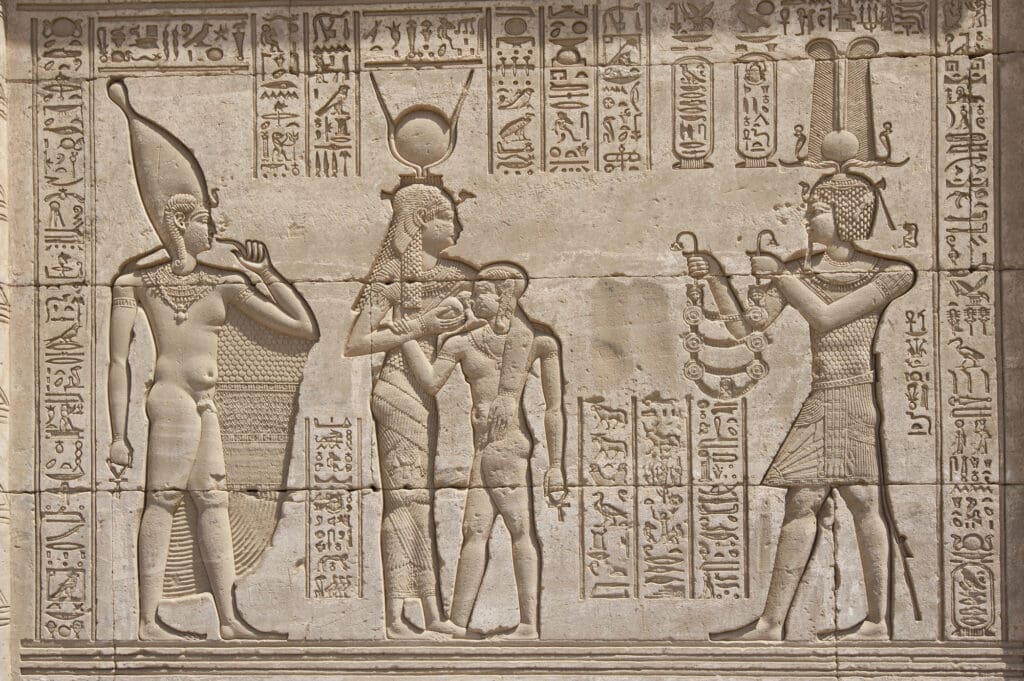
Back to her Former Self
Dorothy believed that Bentreshyt originally lived in Abydos and served in the Temple of Sety. This was not Dorothy’s first visit to the area of Abydos.
On one of her previous trips to the Temple of Sety, the chief inspector from the Antiquities Department decided to test her after hearing of her famous knowledge of ancient Egyptian life. He asked her to identify certain wall paintings without looking at them, completely based on her prior knowledge as a temple priestess. Amazingly, she could identify all of them correctly, even though the painting locations had not yet been published at the time.
For the next two years, Dorothy translated pieces from a recently excavated temple palace. Her work was incorporated into Edouard Ghazouli’s monograph “The Palace and Magazines Attached to the Temple of Sety I at Abydos”.
Dorothy considered the Temple of Sety as a place of peace and security where she was watched over by the benevolent eyes of ancient Egyptian gods. She claimed that in her past life as Bentreshyt the temple had a garden, where she had first met Sety I. While her parents did not believe her as a young girl, excavations uncovered a garden matching her description while she was living in Abydos.
Keeping the ancient Egyptian faith close to her heart, she used to visit the Temple every morning and night to recite the prayers for the day. On the birthdays of both Osiris and Isis, Dorothy would observe the ancient food abstentions, and bring offerings of beer, wine, bread, and tea biscuits to the Chapel of Osiris.
She would also recite The Lament of Isis and Osiris, which she learned as a young girl. Proving how much she had grown accustomed to the place, she turned one of the temple rooms into a personal office, and she even befriended a cobra whom she fed on a regular basis.
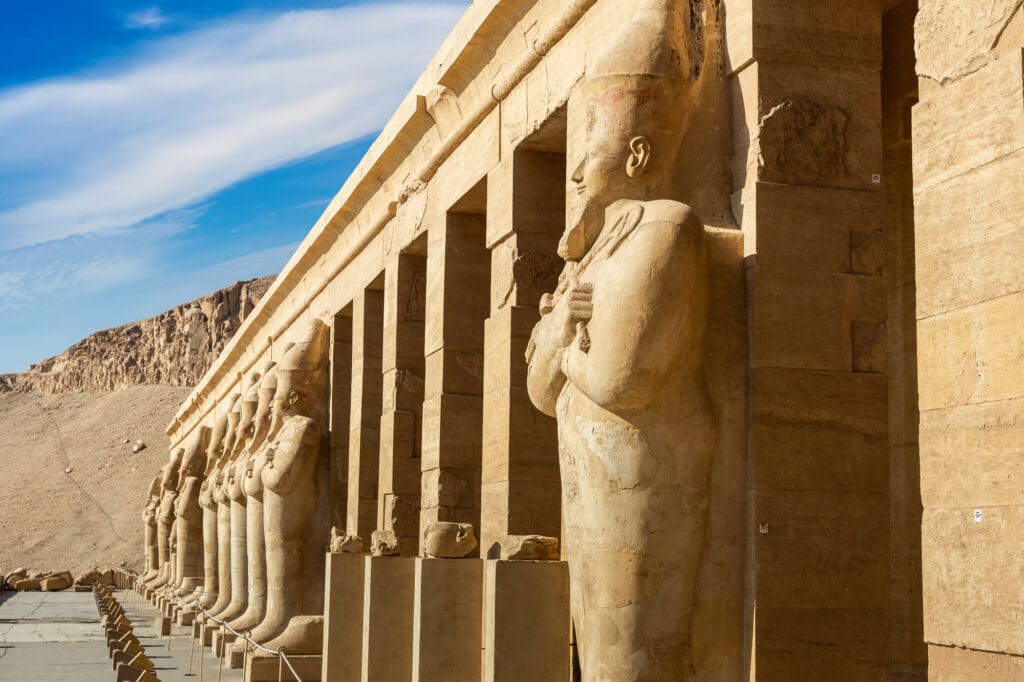
The Life of an Ancient Egyptian
Dorothy continued to expound on what life was like in her former incarnation. She claimed that the scenes depicted on the temple walls were active in the minds of ancient Egyptians on two levels. Firstly, they made the actions displayed permanently.
For example, the painting of the Pharaoh offering bread to Osiris continued his actions, so long as the depiction remained. Secondly, the image could be animated by the spirit of the god, if the person stood in front of the depiction and called on the god’s name.
She also became a link between the villagers and ancient Egyptians, as many of the villagers believed the ancient gods could help them conceive. According to Dorothy, “if they miss one year without having a child, they go running around all over the place – even to the doctor! And if that doesn’t work, they will try all sorts of other things.”
Among the rituals they performed to do so was approaching a temple image of Isis at Abydos, Hathor at Dendera, or appearing before a statue of Senwosret III south of Abydos, or a statue of Taweret at the Cairo museum or even the pyramids at Giza.
People would even come to her to help them find a cure for impotence. To set them at ease, she would carry out a ritual based on the Pyramid Texts. It always seemed to work too.
She continued to draw similarities between modern rituals and life in ancient Egypt, including baby feeding methods, circumcision, children’s games and toys, forms of mourning and even superstitions that still exist to this day.
Omm Sety was interested in folk medicine, which can also be traced back to ancient Egyptian texts. She believed in the healing powers of water from certain holy places, so she would cure any ailment she may have by jumping into the sacred pool in the Osireion fully clothed.
According to witness reports, she successfully healed herself and others using this method. She claimed that she was cured of arthritis and appendicitis thanks to the waters of the Osireion.
Omm Sety continued to live and work among the Egyptian people as she documented their traditions and customs and how they related to ancient Egyptian practices. She wrote this all down in a series of articles from 1969 to 1975 that were published by Egyptologist Nicole B. Hansen in 2008 under the title “Omm Sety’s Living Egypt: Surviving Folkways from Pharaonic Times”.
Later years
Omm Sety’s attachment to Abydos continued well into her sixties. When she reached the age of retirement, she was advised to seek part-time work in Cairo, but she only remained there for one day before returning to Abydos once again.
The Antiquities Department decided to make an exception to their retirement age just for her, and they allowed her to continue working in Abydos for five more years until she finally retired in 1969.
As advised before, she began working part-time as a consultant for the Antiquities Department, as well as guiding tourists around the Temple of Sety.
After suffering from a mild heart attack in 1972, she sold her house and moved into a small mudbrick house adjacent to where the Soliman family lived, invited by Ahmed Soliman, who was a keeper of the Temple of Seti.
In her diary, she says that when she first moved into the house, she was visited by Sety I, who carried out a ritual that consecrated the place, bowing reverently towards the statues of Osiris and Isis that she kept in a small shrine.
Her Final Days
Omm Sety once said, “Death holds no terror for me…I’ll just do my best to get through the Judgment. I’m going to come before Osiris, who will probably give me a few dirty looks because I know I’ve committed some things I shouldn’t have.”
Omm Sety built her own underground tomb decorated with a false door, engraved with an offering prayer in conformance with ancient beliefs.
On 21 April 1981, Omm Sety died in Abydos. Sadly, the local health authority refused to allow her to be buried in the tomb she had constructed, so she was interred in an unmarked grave, facing the west, in the desert outside a Coptic cemetery.
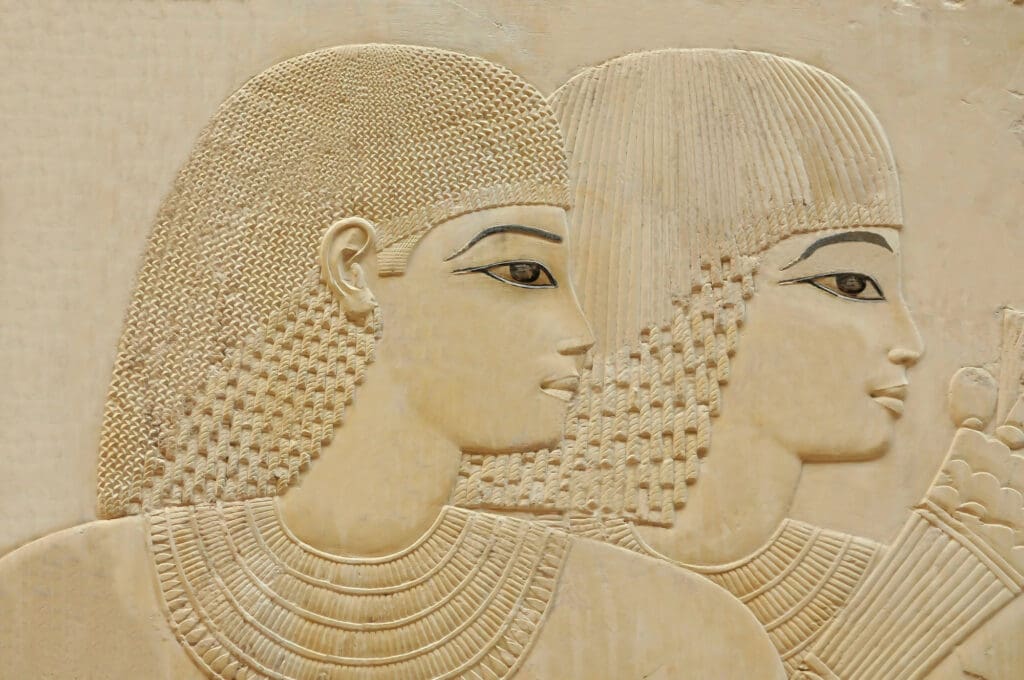
Omm Sety’s Possible Ancient Egyptian Knowledge
Whether you believed her or not, Omm Sety was more than knowledgeable about everything related to ancient Egyptian life. In the 1970s, she said that she may know the location of Nefertiti’s tomb. She said, ”I did once ask His Majesty where it was, and he told me. He said, ‘Why do you want to know’? I said I would like to have it excavated, and he said, ‘No, you must not. We don’t want anything more of this family knowing’.
But he did tell me where it was, and I can tell you this much. It’s in the Valley of the Kings, and it’s quite near to the Tutankhamun tomb. But it’s in a place where nobody would ever think of looking for it, and apparently, it is still intact” ‘
However, she did say that the tomb was close to Tutankhamun’s in the Valley of the Kings. Archaeologists continued to explore the area from 1998 until the early 2000s, when they suspected the presence of a royal tomb based on the discovery of mummification supplies used for a royal burial.
Many Egyptologists that Omm Sety came across regarded her with respect for her vast knowledge, including John A. Wilson, the “dean of American Egyptology”, who said that Omm Sety deserved to be treated as “a responsible scholar.”
Kent Weeks wrote that scholars have “never doubted the accuracy of Omm Sety’s field observations. As an ethnographer, and a participant-observer of modern Egyptian village life, Omm Sety has had few equals. Her studies easily hold their own next to the works of Lane, Blackman, Henein, and others who have examined Egypt’s long and fascinating cultural traditions.”
American Egyptologist James P. Allen commented, “Sometimes you weren’t sure whether Omm Sety wasn’t pulling your leg. Not that she was a phoney in what she said or believed – she was absolutely not a con artist – but she knew that some people looked on her as a crackpot, so she kind of fed into that notion and let you go either way with it…She believed enough to make it spooky, and it made you doubt your own sense of reality sometimes.”
Carl Sagan described Omm Sety as “a lively, intelligent, dedicated woman who made real contributions to Egyptology. This is true whether her belief in reincarnation is fact or fantasy.”
For decades, Omm Sety was an inspiration to many researchers and local villagers. Her tales about what life was like in ancient Egypt touched the hearts of many. Many discoveries were also made based on her words, so no one can say that she was simply hallucinating for most of her life. Many documentaries and books are dedicated to her life and work. Whether we believe in reincarnation or not, we can only hope that she is now at peace and finally reunited with her lost love.
Have you ever heard the story of Dorothy Louise Eady? Do you really believe she is the reincarnation of an ancient Egyptian priestess? What are your thoughts? Let us know in the comments below.
More Interesting Egyptian Blogs on ConnollyCove: Muhammad Ali’s Palace in Shubra | The Pharaonic Villiage in Giza | Qaitbay Citadel, Egypt | Al Muizz Street and Khan Al Khalili






